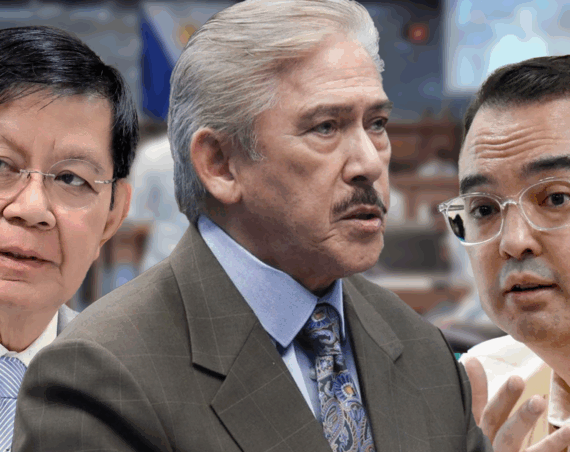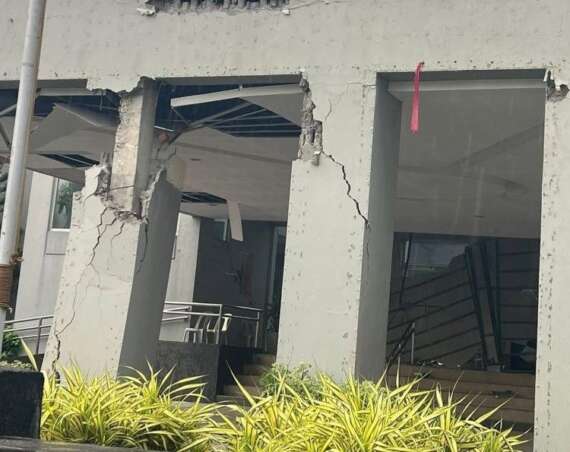Former Senate President Franklin Drilon’s description of Senator Panfilo “Ping” Lacson’s resignation as a “King’s Gambit” lays bare a Senate entangled in its own power plays, where survival demands sacrifice.
In chess, the King’s Gambit is a risky opening: the player sacrifices a pawn to protect the king and gain control of the board.
Drilon’s metaphor, made in a DZRH interview on October 6, casts Lacson’s exit from the Blue Ribbon Committee chairmanship as a similar move: a tactical surrender meant to shield Senate President Vicente “Tito” Sotto III from an impending leadership coup.
“To save Sotto, nagbitiw po si Ping Lacson,” Drilon said. The veteran lawmaker, who has seen decades of leadership shifts, called the current Senate “the most unstable” in memory — a chamber where alliances change quickly, family loyalties overlap, and political blocs have turned fluid.
The episode unfolded amid the Senate’s investigation into billions of pesos in questionable flood-control projects.
The probe, chaired by Lacson, has stirred controversy both inside and outside the chamber.
Senators JV Ejercito and Win Gatchalian publicly criticized how the hearings were handled, prompting Lacson to step aside on October 5.
“When quite a number of them have expressed disappointment, I thought it’s time for me to step aside,” he said.
Drilon read the resignation differently. To him, it was a pressure valve: a calculated move to cool tensions within Sotto’s uneasy majority, which had already survived one leadership turnover just a month earlier.
“Para po hindi mapalitan si Sotto, nagbitiw ng Blue Ribbon chairmanship si Ping Lacson,” he said, suggesting that the decision bought Sotto time, but not necessarily peace.
There are no assurances, Drilon warned.“Dalawampu’t apat na senador, dalawampu’t apat na partido political.” The Senate has become a chamber of individual fiefdoms rather than parties.
Leadership, Drilon added, has now become “a daily act of maneuvering,” dictated by shifting loyalties more than policy.
Sotto has maintained that the leadership changes are part of “institutional self-correction,” not turmoil. But the pattern of resignations, reassignments, and quiet coup talks tells a different story.
As outrage builds over billions lost to flood-control anomalies and as “ghost projects” surface in other agencies, the Senate’s own internal battles are starting to mirror the dysfunction it claims to investigate.






EDITORIAL: The abuse of class suspensions has gone too far